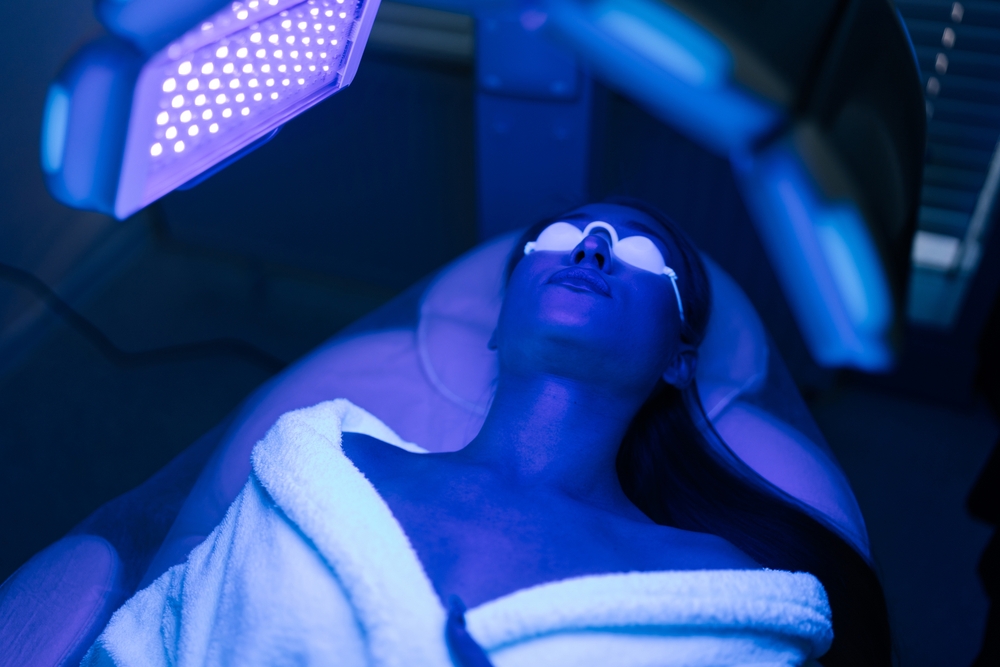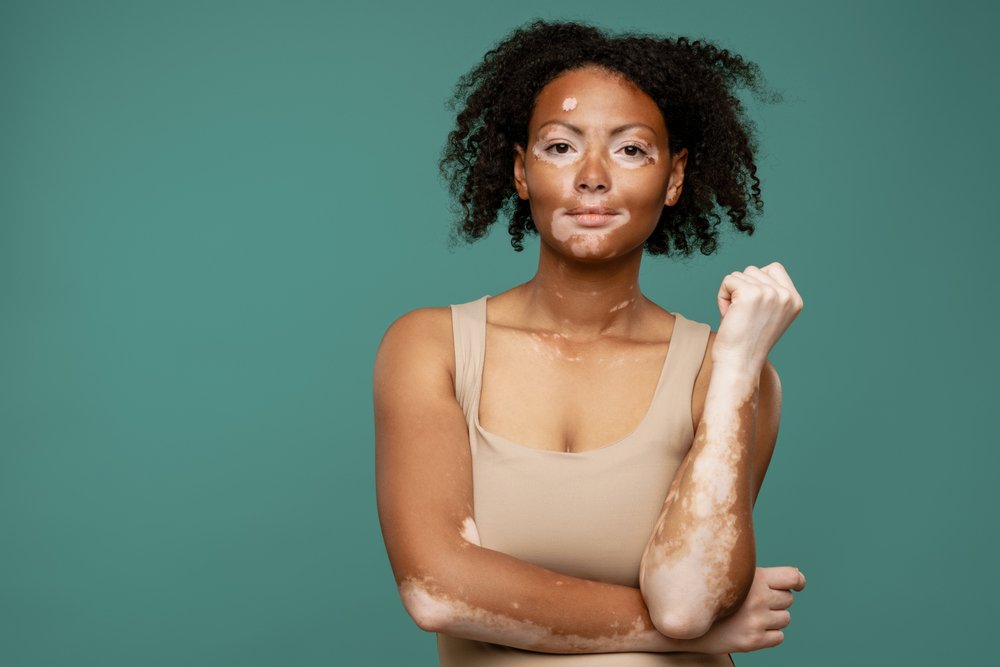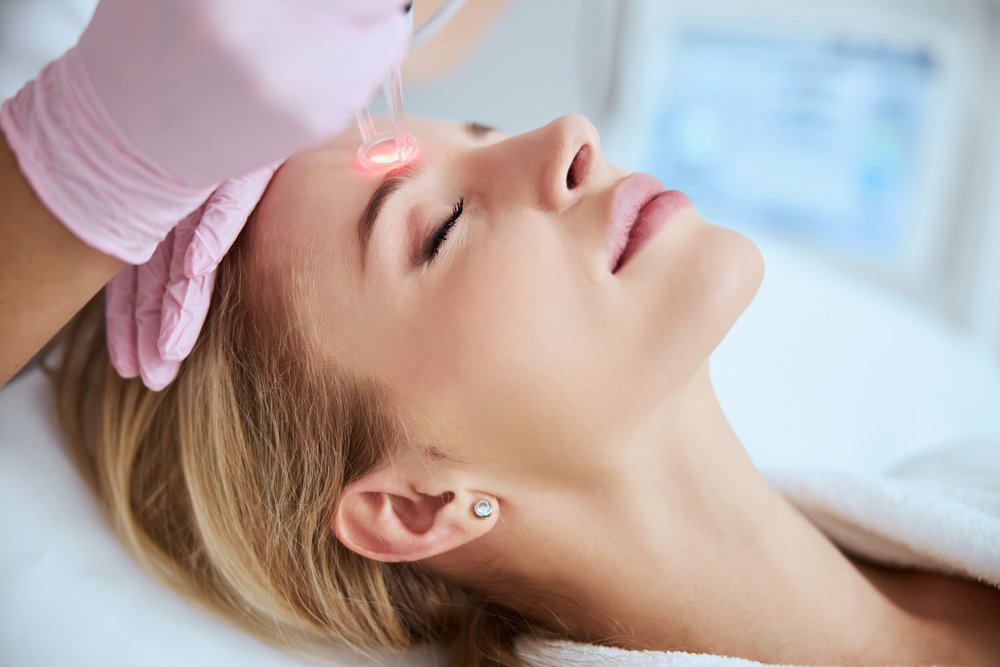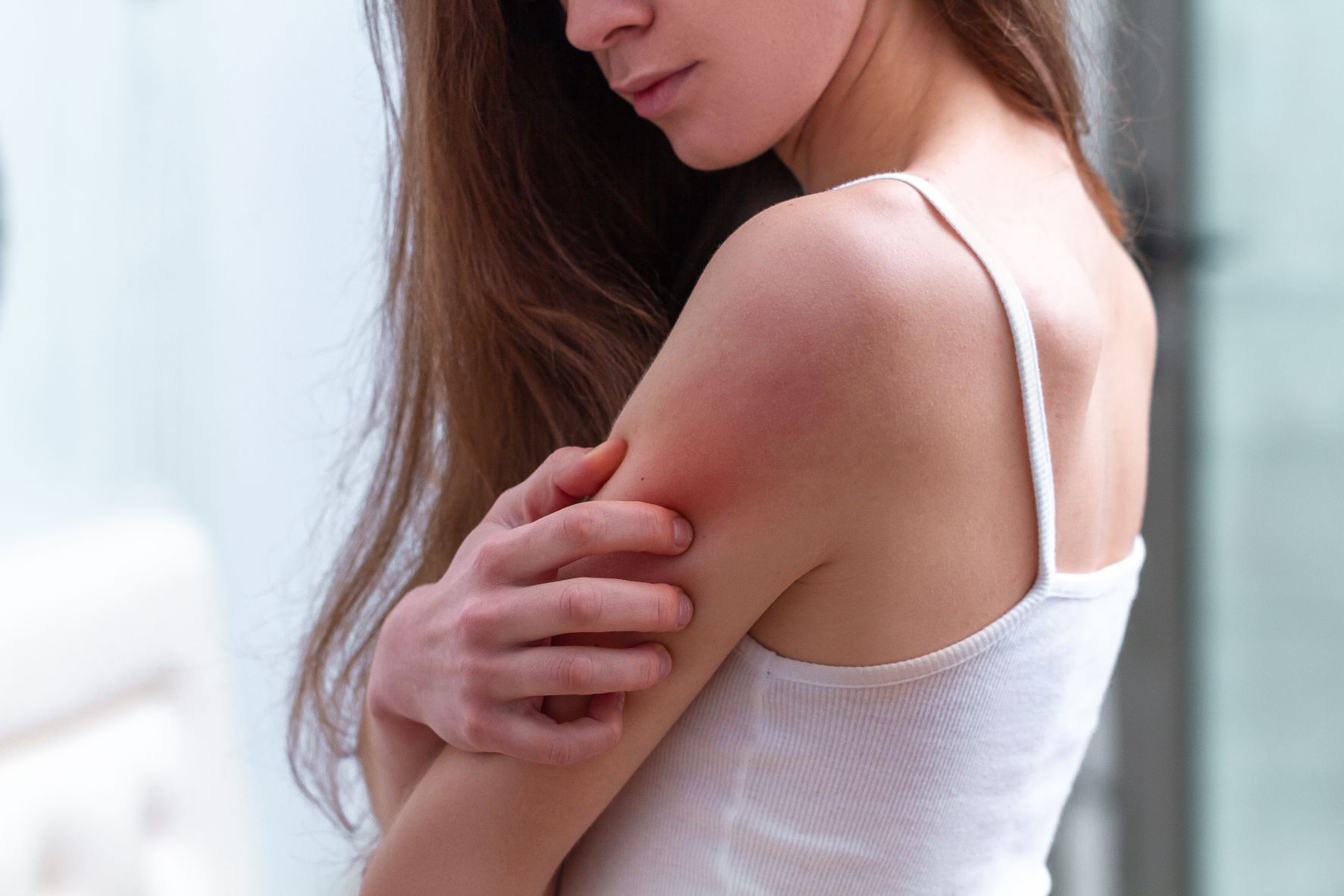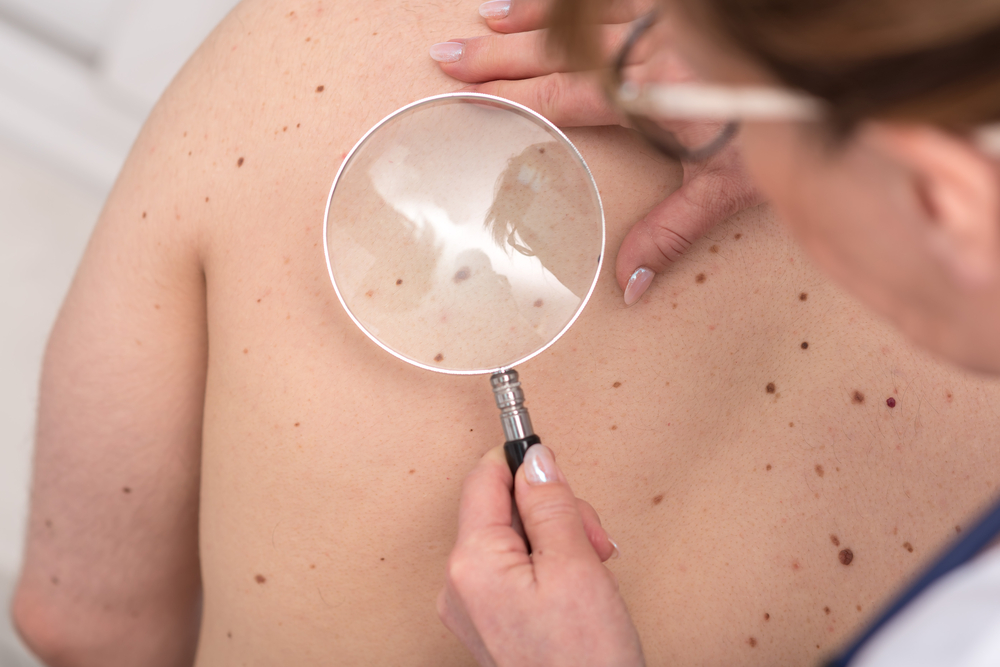Have you ever caught your reflection and thought, “When did those little lines around my eyes start showing up?” Or maybe you’ve leaned in close to the mirror, only to notice fine creases forming at the corners of your mouth? Aging creeps up in the smallest ways, and no matter how many serums or creams you’ve tried, those etched-in expressions just keep settling in. If you’ve wondered whether there’s something that actually works without going under the knife, microneedling might be the answer you didn’t know you were looking for.
Microneedling has quietly become one of the most sought-after skin treatments for people who want to reduce fine lines and wrinkles while still looking like themselves. It’s not flashy. It’s not invasive. And when done professionally, it can spark real changes in the skin’s texture, firmness, and brightness. This guide will walk you through how microneedling works, how soon you’ll notice results, and how many sessions it usually takes to see a real transformation, especially around those delicate areas like the eyes and mouth.
What Is Microneedling and Why Does It Work?
Microneedling, also known as collagen induction therapy, is a cosmetic dermatology treatment that uses very fine needles to create tiny, controlled punctures in the skin. These micro-injuries trigger your skin’s natural healing response, which means your body starts producing more collagen and elastin, the building blocks of firm, smooth skin.
When these micro-injuries occur, your body immediately starts to repair itself by sending blood, oxygen, and nutrients to the area. This process is similar to how your skin heals after a minor scrape or cut, but on a much smaller, controlled scale. The difference is that these tiny punctures are intentional and carefully controlled to stimulate the skin without causing significant damage or scarring.
Over time, as the skin repairs itself, those lines you’ve been staring at in the mirror start to fade. The tone becomes more even. The texture feels tighter. And perhaps most importantly, your skin looks like it has life in it again.
The reason microneedling works so well for fine lines and wrinkles is because collagen tends to break down as we age. That process happens gradually, often beginning in our late twenties or early thirties, and it accelerates with sun exposure, stress, and lifestyle habits. Our skin loses its ability to bounce back as quickly, leading to the appearance of sagging, creasing, and dullness. Microneedling helps reverse some of that by encouraging your skin to do what it used to do naturally regenerate.
Because collagen and elastin are critical proteins that keep skin firm and elastic, increasing their production can restore a youthful plumpness. As the body continues to repair itself, it forms new tissue that fills in lines and smooths rough patches, making your skin look healthier and more resilient.
Targeting the Eyes and Mouth
Fine lines around the eyes and mouth are often the first places people notice aging. These are areas with thinner skin, more repetitive movement, and less oil production, which means they are more prone to creasing and drying out.
The skin under and around the eyes is among the thinnest on your body. This thinness means it loses moisture faster and shows signs of fatigue and aging more readily than other areas. The constant movement from smiling, squinting, or laughing adds to the formation of fine lines often called crow’s feet. Around the mouth, similar repetitive movements contribute to what are known as smile lines or lip wrinkles.
Microneedling offers a way to treat these specific regions without needing fillers or surgery. It can gently resurface the skin, softening crow’s feet, smile lines, and lip wrinkles in a way that looks subtle but meaningful. Unlike some treatments that add volume or temporarily freeze muscles, microneedling works to improve the skin’s structure from within.
Most patients find that after a few sessions, the skin under the eyes looks smoother, while the lines above the lips begin to fade and blend in more naturally. The improvement is gradual but noticeable, and people often comment on their skin looking fresher or more awake. This can be especially helpful if you find that makeup tends to settle into these fine lines, making them more obvious.
The best part is there is no risk of looking overdone. Microneedling does not freeze your expressions or puff up your features. It simply supports the skin’s ability to refresh itself. This means you maintain your natural look while addressing the subtle signs of aging that bother you.
How Soon Will You See Results?
This is one of the most common questions patients ask: how long before I notice a difference?
While individual results vary based on skin type, age, and lifestyle, most people begin to see visible improvements in their skin within one to two weeks of their first session. That first glow comes from your skin responding to the controlled trauma of the treatment. The micro-injuries boost circulation and kickstart regeneration quickly, which often results in a brighter, more radiant complexion.
However, the real, long-lasting results tend to appear after multiple sessions, once collagen production starts to ramp up more significantly. This process can take anywhere from four to twelve weeks depending on your skin’s condition, your age, and how consistent you are with follow-up treatments.
Collagen remodeling is not immediate. The body needs time to produce the new proteins that rebuild the skin’s support network. This is why patients who expect instant changes might feel disappointed. Instead, the transformation is gradual, with each session adding to the improvement and making the skin stronger and more elastic over time.
Here’s what a general timeline might look like:
| Week | What to Expect |
| 1 to 2 | Slight redness and mild tightness may occur. You may notice a post-treatment glow. |
| 3 to 4 | Skin begins to feel smoother. Fine lines look slightly softened. |
| 5 to 8 | Noticeable improvement in skin texture and firmness. Wrinkles around eyes and mouth continue to fade. |
| 9 to 12 | Peak collagen remodeling. Skin appears plumper, more elastic, and visibly rejuvenated. |
This timeline reflects the natural rhythm of your body’s healing, so results are not instant but they are worth the wait. As you progress through the weeks, you might start noticing compliments or feel more confident in your skin’s appearance. That is the gradual payoff of this treatment.
How Many Microneedling Sessions Do You Really Need?
It’s a fair question, especially if you’re thinking about budget or planning around a special occasion.
For fine lines and wrinkles, most patients benefit from a series of three to six sessions, spaced about four to six weeks apart. This spacing gives the skin ample time to repair itself between treatments while maintaining the momentum of collagen production.
A dermatologist in Warrington and the surrounding areas may recommend more sessions if you have deeper wrinkles, sun damage, or a history of smoking, all of which affect your skin’s ability to heal and regenerate.
However, the exact number of sessions depends on several factors:
- The depth and location of your lines
- Your skin type and age
- Your overall skincare routine
- How well you respond to the first treatment
Some people see significant improvement after just one or two sessions, especially if their lines are very fine or newly formed. Others may need more time and consistency, particularly if there is a history of sun damage, smoking, or deeper creases.
If you are considering microneedling for an event, it is best to start early to allow your skin enough time to recover and show results. Planning ahead ensures your skin looks its best without feeling rushed.
Why Professional Microneedling Matters
It is important to emphasize the difference between professional microneedling and the at-home rollers you can find online.
Professional treatments use devices that can penetrate deeper into the skin safely and evenly. They are performed in a sterile environment with precision, ensuring the right depth and technique are used for your unique skin needs. This not only yields better results but also reduces the risk of complications such as infections, scarring, or uneven texture.
At-home rollers often cannot reach the necessary depth to stimulate meaningful collagen production and carry a higher risk of introducing bacteria or causing injury. They may provide mild exfoliation but won’t produce the same dramatic or lasting improvements.
At Penn Dermatology Specialists, microneedling is performed by licensed providers who are trained in skin structure and healing. They tailor your treatment based on your goals, whether that is softening lines, improving texture, or simply boosting radiance. This personalized approach ensures your skin is treated safely and effectively.
Recovery: What Does Downtime Look Like?
One of the things people love most about microneedling is that the recovery period is minimal compared to more aggressive skin treatments.
Right after your appointment, your skin may look pink or slightly sunburned. You might feel a little dry or tight, and there could be some light flaking or roughness. These effects usually last one to three days, and makeup can often be worn after 24 hours, depending on your provider’s guidance.
During this time, your skin is actively healing and producing new collagen. This is a critical period to avoid irritation or damage.
To get the best results without risking irritation, you’ll want to:
- Stay out of direct sunlight and skip tanning beds
- Use a gentle, hydrating cleanser
- Avoid exfoliating for a few days
- Apply fragrance-free moisturizers and sunscreen daily
In other words, treat your skin like it just came back from a long vacation — pamper it and let it recharge. Giving your skin this gentle care helps maintain the treatment’s benefits and minimizes discomfort.
Who Is a Good Candidate for Microneedling?
Microneedling is suitable for a wide range of skin types and tones, which makes it a great option for many people looking to treat wrinkles, uneven texture, acne scars, or enlarged pores.
You might be a good candidate if:
- You are starting to notice fine lines, especially around the eyes or mouth
- Your skin feels less firm than it used to
- You want to avoid more invasive procedures
- You are looking for gradual, natural-looking improvements
Because the treatment encourages your skin’s own healing mechanisms, it is often preferred by those who want to avoid chemicals or fillers.
That said, microneedling might not be appropriate if you have active acne, certain skin infections, or specific medical conditions that affect wound healing. Always consult with a dermatologist before starting treatment to ensure it is safe for your skin.
Pairing Microneedling With Other Skin Treatments
For enhanced results, professionals who specialize in medical dermatology services in Southampton, PA and beyond recommend combining microneedling with other non-invasive cosmetic treatments.
One popular combination is microneedling with platelet-rich plasma (PRP), also known as the vampire facial. PRP uses your own blood’s growth factors to supercharge the healing process and improve collagen stimulation. The plasma, rich in platelets, is applied to the skin after microneedling to amplify the effects and promote faster recovery.
Others pair microneedling with chemical peels or LED light therapy, depending on their skincare concerns. Chemical peels can help exfoliate the surface layer of skin, while LED light therapy reduces inflammation and promotes cellular repair. Your provider can walk you through what combination will work best for your goals and skin condition.
The key is creating a treatment plan that works in harmony with your lifestyle and skin’s natural rhythm, no overdoing it, no pressure to change how you look, just support for your healthiest skin.
Long-Term Results: What Happens After the Sessions?
Once you have completed your initial series of microneedling treatments, maintenance is simple. Many patients schedule touch-up sessions once or twice a year to keep their skin looking smooth and firm.
Sticking to a consistent skincare routine at home can help preserve the results. This means using quality moisturizers, daily sun protection, and avoiding harsh exfoliants or drying ingredients.
The beauty of microneedling is that the results build over time. Each session adds a layer of renewal, which means even after your treatment plan ends, your skin may continue to improve for weeks afterward.
The increased collagen and elastin production helps your skin stay resilient as the natural aging process continues. Regular maintenance can slow down the formation of new fine lines and wrinkles, helping you maintain a youthful glow longer.
Small Needles, Big Impact
It is easy to dismiss microneedling as just another trend in the world of cosmetic dermatology. But when you see the difference it makes, the softening of those stubborn lines, the firmer feel of your skin, the way your reflection starts to look a little more like the you that you remember, it becomes clear this treatment is far more than skin deep.
You do not have to chase dramatic, overnight results. You do not have to freeze your face or hide from the sun for days. You just need a treatment that works with your body, not against it.
At Penn Dermatology Specialists, we are here to help you navigate your options and choose a plan that feels right. If you’re not sure what treatment is right for you, reach out to our dedicated team today. Whether it is your first session or you are ready for your next step, we are ready to guide you toward skin that looks and feels refreshed, confident, and comfortably you.



